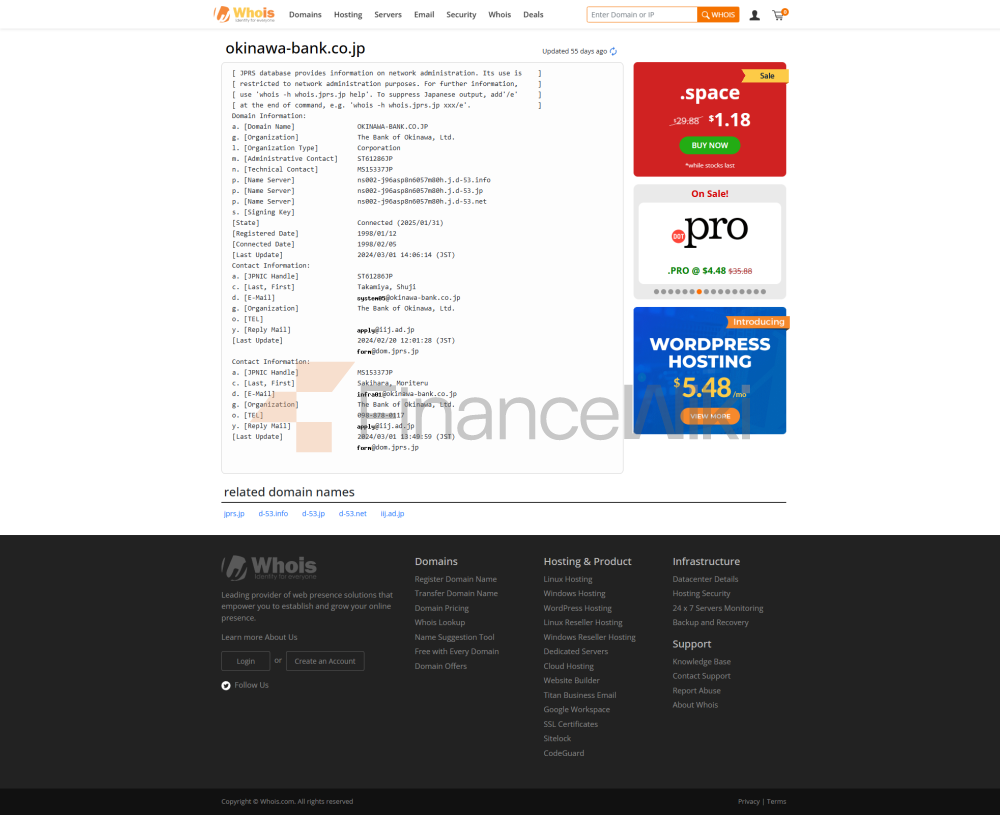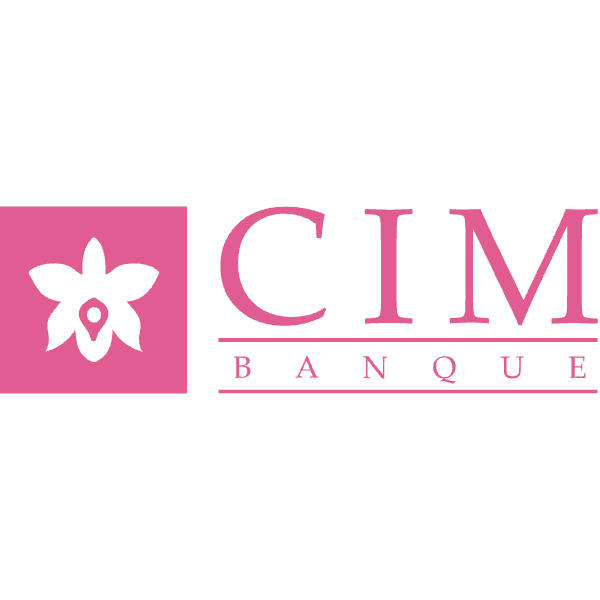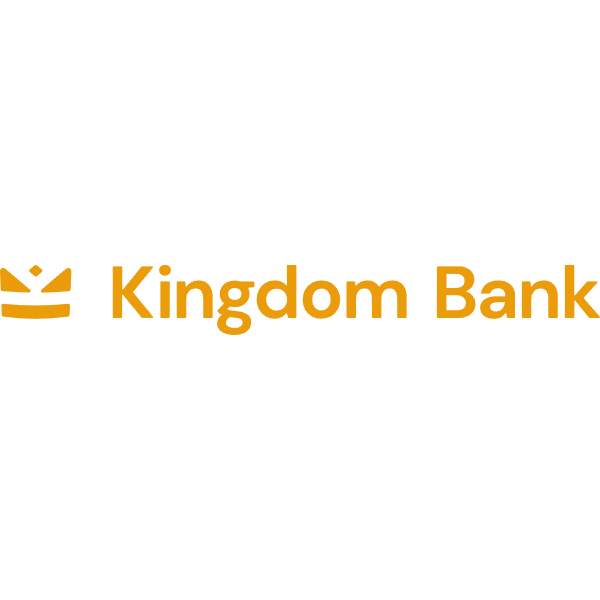Bank of Okinawa Co., Ltd. (XXO O O O O O O O O O O O O O O O O O O O O O O O O O O O O O O O O O O O O O O O O O O O O O O O O O O O O O O O O O O O O O O O O O O O O O O O O O O O O O O O O O O O O O O O O O O O O O O O O O O O O O O O O O O O O O O O O O O O O O O O O O O O O O O O O O O O O O O O O O O O O O O O O O O O O O O O O O O O O O O O O O O O O O O O O O O O O O O O O O O O O O O O O O O O O O O O O O O O O O O O O O O O O O O O O O O O O O
Резюме
В июне 1956 года она была основана местными финансовыми центрами Кутаро Кокуба (предприниматель группы Kokuba), Камаёси Осиро (предприниматель группы Oshiro), Шисиро Мияги (президент Ryukyu Tobacco и Miyako Sugar) и Ичиро Инамине (предприниматель Ryukyu Oil).
Помимо того, что через год вместе с Банком Рюкю ей поручает Группа назначенных финансовых учреждений префектуры, Окинава также часто обозначается как Группа финансовых учреждений в автономном органе префектуры (а иногда сменяется с другими группами финансовых учреждений). Хотя Okinawa Bank был создан как банк-член Местной банковской ассоциации в 1956 году (Showa 31) и в новую эпоху, тогдашняя префектура Окинава находилась под американской оккупацией и не была создана в соответствии с так называемой системой "послевоенного местного серебра".
Получил рейтинг "A +" (один A плюс) от Японского института платежных исследований (по состоянию на 8 мая 2023 г.).
Укрепите розничный сектор и выпустите такие продукты, как первые три основных платежа по защите от болезней в стране и кредит для малого бизнеса. Кроме того, при использовании определенных кредитных продуктов (тип сертификата кредита), если вы предъявите в магазине руководство по донорству крови Международного комитета Красного Креста в Японии или сертификат о завершении (ходьбе), вы можете воспользоваться льготной процентной ставкой до 2%, называемой "упрямой скидкой". Кроме того, трастовый бизнес по-прежнему разрешен, а продукт "денежного доверия свободно" продается.
В последние годы мы активно перемещали новые филиалы (например, филиал Коам) и повторно очеловечивали банкоматы, которые были беспилотными в связи со слиянием (например: Филиал города Тойоми Филиал города Тойоми → Филиал города Тойоми → Закрытый и беспилотный → Филиал Тойоми вновь открыт). Кроме того, благодаря добавлению мультимедийных конечных точек (MMK) плана обычного банкомата "11" и т. д.), мы снова продвинули интеграцию магазинов (как упоминалось выше Филиал Тойоми также был перенесен в филиал города Тойоми).
Единственный оставшийся магазин за пределами префектуры - Токийский филиал (Нихонбаси Хонмати, Центральный округ Токио). В прошлом также был создан филиал в Осаке, но он был упразднен.













